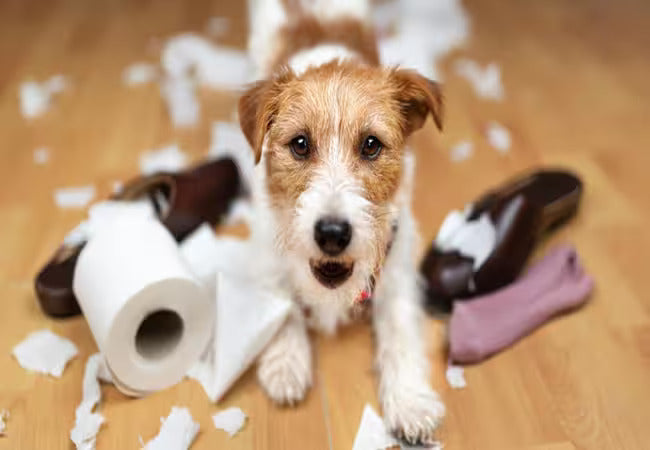Pica in Dogs (2025): Understanding & Managing Your Pup’s Non‑Food Eating Habit 🐶🍂

In this article
Pica in Dogs (2025): Understanding & Managing Your Pup’s Non‑Food Eating Habit 🐶🍂
By Dr. Duncan Houston BVSc
Pica is a concerning behavior in dogs where they compulsively ingest non-food items—ranging from socks, rocks, dirt, to household objects. While it may seem harmless, pica can lead to choking, gastrointestinal obstruction, toxicity, and more serious health risks. As a veterinary professional, I’m here to help you recognize, diagnose, and manage pica with clarity, compassion, and vet‑trusted guidance.
🔎 What Is Pica?
Pica is defined by compulsive ingestion of inedible items, not just chewing. Dogs may eat metal, plastic, cloth, socks, paper, dirt, feces, and more. It’s often psychological—an obsessive-compulsive habit—though it can stem from medical or nutritional issues.
⚠️ Signs & Symptoms
Visible ingestion of non-food items is usually the first clue. Other signs include:
- Vomiting or gagging
- Diarrhea or loose stools
- Bad breath
- Broken teeth or drooling
- Pawing at muzzle, bloating, straining to defecate
- Little/no stool, dark or tarry stool, blue‑purple gums, coughing, distress
🧠 Why Dogs Develop Pica
Pica may result from:
- Behavioral issues: boredom, anxiety, separation distress, attention-seeking
- Medical causes: anemia, IBD, liver/pancreatic disease, diabetes, hookworms, nutrient deficiencies
- Breed and medication factors: Labradors are predisposed. Drugs like prednisone may trigger increased appetite and pica
🩺 Veterinary Diagnosis
Vets perform comprehensive exams often including:
- Physical exam
- Bloodwork: CBC, chemistry, evaluate for anemia, organ issues
- Fecal exam for parasites
- Imaging (X-ray, ultrasound) to detect blocks or inflammation
Only after ruling out medical causes can pica be diagnosed as behavioral.
🛠️ Treatment & Management
Medical pica: treat underlying condition—parasite therapy, dietary adjustment, or surgery for obstructions.
Behavioral pica: consult a veterinary behaviorist. Recommended strategies:
- Exercise & mental stimulation (puzzle toys, fetch)
- Remove access to harmful items (secure hampers, doors)
- Temporary tools: basket muzzle under supervision
- Behavior modification to redirect chewing habits
- Pheromone therapy (e.g., Adaptil diffuser), natural supplements, and probiotics to support gut health
🧩 Long-Term Management
- Predictable routine: exercise, feeding, enrichment activities around key times
- Crate training to limit destructive ingestion
- Supervised chewable toys and puzzle feeders to occupy the mouth
- Consistent environment: remove temptations and replace with safe outlets
- Regular follow-ups to adapt treatment and lifestyle changes
🚨 When to See a Vet Immediately
- Signs of choking, persistent vomiting, abdominal pain
- Blood in stool, pale gums, lethargy
- Sudden behavior changes or worsening pica despite interventions
If in doubt, contact your veterinarian or use the Ask A Vet app for immediate advice and next‑step recommendations.
🛍️ Supportive Tools & Services
- Woopf Enrichment Kit: puzzle toys and safe chewables to redirect behavior
- Purrz Calming Wraps: pheromone-infused wraps to ease anxiety-driven pica
- Ask A Vet App: connect instantly with professionals for symptom guidance and treatment adjustments
✅ Summary Key Points
- Pica is ingestion of non-food items—dangerous and detectable by its symptoms
- Caused by behavioral issues, medical conditions, or breed predispositions
- Diagnosis requires ruling out physical causes
- Treatment may include medical intervention or behavioral therapy and environmental enrichment
- Prevention involves removing temptations, consistent routine, and professional support






